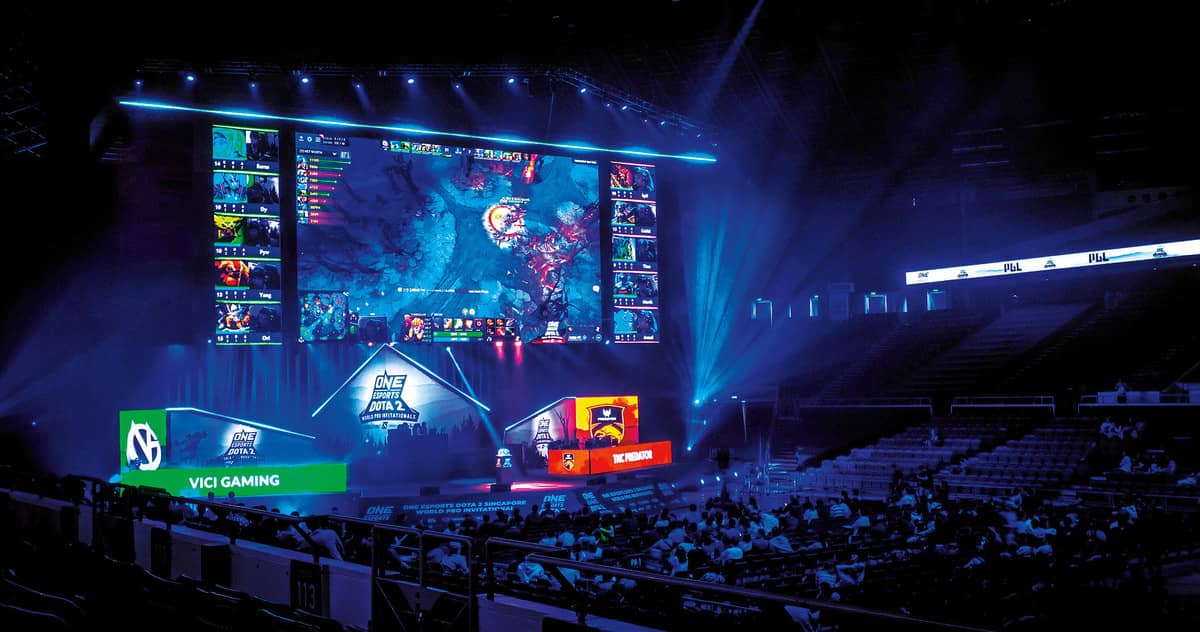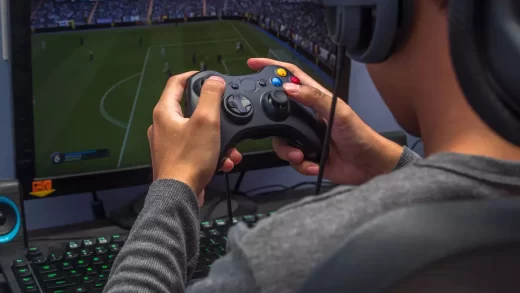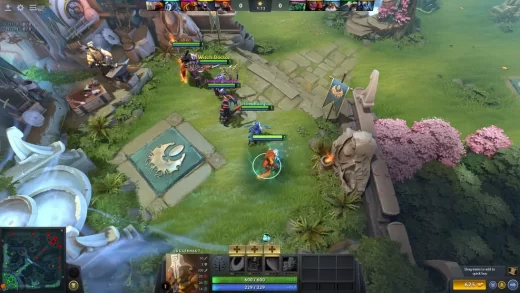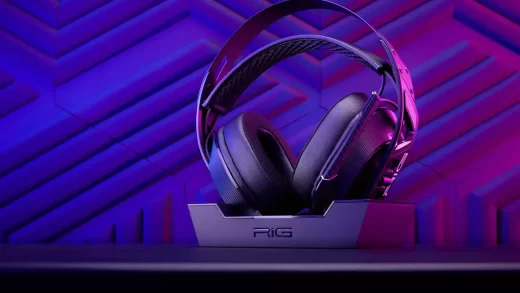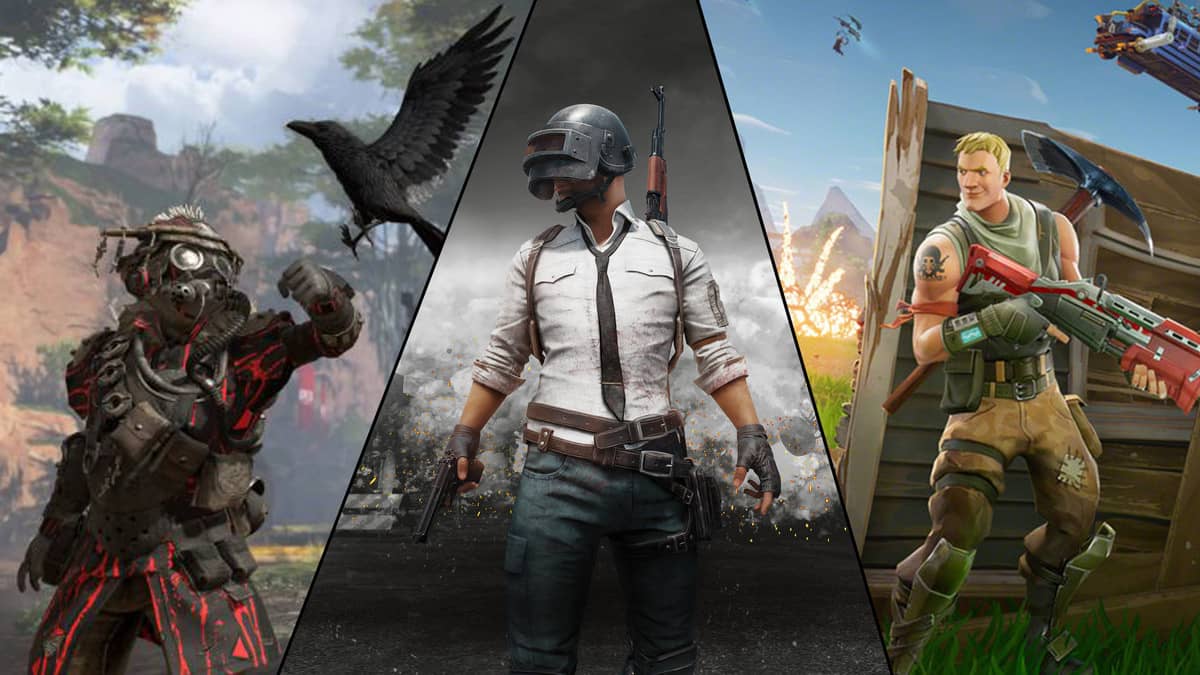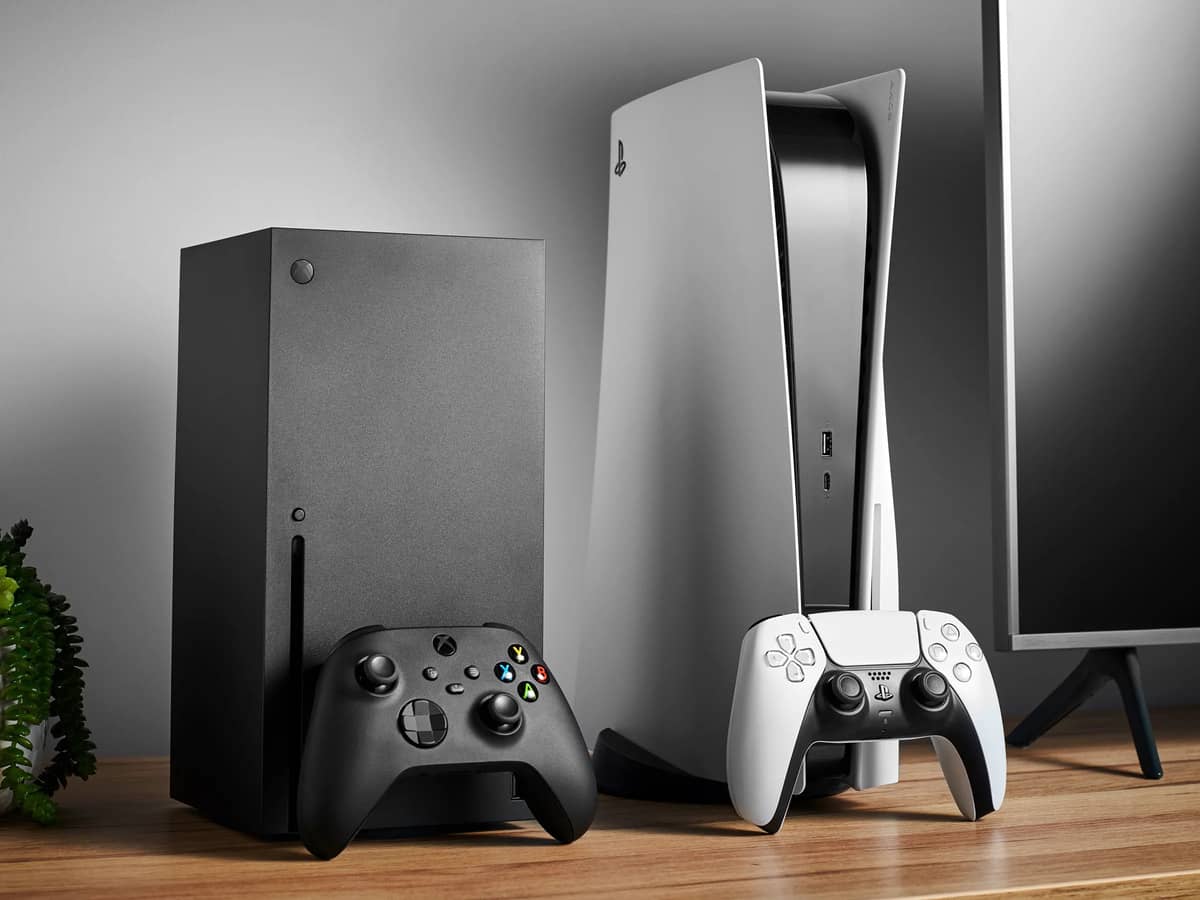Managing your gaming inventory effectively is crucial for both casual and dedicated gamers. Whether you have a vast collection of physical game discs and consoles or a digital library, organizing and keeping track of your gaming inventory can enhance your gaming experience. In this guide, we’ll explore tips and strategies to help you manage your gaming inventory efficiently.
Table of Contents
- Introduction
- Organize Physical Game Collections
- Create a Digital Game Library
- Utilize Gaming Inventory Apps
- Maintain Backups and Cloud Saves
- Sort and Categorize Games
- Set Priorities and Goals
- Trade or Sell Unwanted Games
- Keep Track of Game Progress
- Regularly Update and Clean Up
- Conclusion
- Frequently Asked Questions
Introduction
Whether you have a penchant for physical game copies or prefer digital downloads, effective inventory management ensures you can find, play, and enjoy your games without frustration. It also helps you make informed decisions about what to play next.
Organize Physical Game Collections
1. Shelving: Organize physical game discs and consoles on dedicated shelves or storage units. Consider alphabetical or genre-based organization.
2. Storage Containers: Use storage containers or bins to keep game accessories like controllers, cables, and memory cards organized.
3. Labeling: Label shelves, containers, or game cases to make finding specific items easier.
Create a Digital Game Library
4. Digital Platforms: Use digital platforms like Steam, PlayStation Network, or Xbox Live to purchase and organize your digital game library.
5. Cloud Storage: Utilize cloud storage for save files, game screenshots, and progress data. Services like Steam Cloud and PlayStation Plus offer this feature.
Utilize Gaming Inventory Apps
6. Inventory Apps: Use inventory management apps designed for gamers. These apps allow you to catalog your games, consoles, and accessories easily.
7. Barcode Scanning: Some apps support barcode scanning, making it effortless to add physical game copies to your digital inventory.
Maintain Backups and Cloud Saves
8. Back Up Saves: Regularly back up game saves to external drives or cloud storage to prevent data loss.
9. Cross-Platform Saves: If possible, choose games that support cross-platform saves, allowing you to continue your progress on different devices.
Sort and Categorize Games
10. Genre and Playtime: Categorize your games by genre, playtime, or mood. This makes it easier to pick a game that matches your current preferences.
11. Unplayed Games: Create a category for games you haven’t played yet to help you prioritize your gaming backlog.
Set Priorities and Goals
12. Gaming Goals: Set gaming goals, such as completing a certain number of games per month or focusing on specific genres.
13. Priority Queue: Create a priority queue of games you intend to play next, helping you stay focused on your gaming objectives.
Trade or Sell Unwanted Games
14. Clear Unplayed Games: If you have unplayed games or those you no longer enjoy, consider trading or selling them to reduce clutter.
15. Trade-in Services: Many gaming retailers offer trade-in services, allowing you to exchange old games for store credit or new titles.
Keep Track of Game Progress
16. Game Progress Logs: Maintain a game progress log, noting achievements, collectibles, and memorable moments in your gaming journey.
17. Completion Status: Track completion status, such as finishing the main story, completing side quests, or achieving 100% completion.
Regularly Update and Clean Up
18. Update Game Libraries: Keep digital game libraries and inventory apps up to date by adding new purchases and removing games you no longer own.
19. Clean and Maintain Consoles: Periodically clean and maintain your gaming consoles and accessories to ensure they function optimally.
Conclusion
Effective gaming inventory management enhances your gaming experience by providing easy access to your games, helping you set goals, and decluttering your gaming space. By following these tips and staying organized, you can make the most of your gaming collection and enjoy your favorite titles to the fullest.
Frequently Asked Questions
- What is the benefit of using a gaming inventory app?
Gaming inventory apps help you catalog and organize your games, making it easier to keep track of your collection, set goals, and prioritize your gaming backlog. - How can I catalog physical game copies in a digital inventory app?
Many gaming inventory apps support manual entry, allowing you to input details about physical game copies, including title, platform, and condition. - Should I keep games I no longer play or enjoy?
It’s a personal decision. If you no longer enjoy a game or it’s unlikely you’ll play it again, consider trading, selling, or giving it away to reduce clutter. - How often should I update my gaming inventory?
Regularly update your gaming inventory, especially after acquiring new games or consoles. This helps ensure your inventory remains accurate and organized. - What is cross-platform saving, and how does it work?
Cross-platform saving allows you to transfer game progress and saves between different gaming platforms or devices, such as from a console to a PC or vice versa. Games that support this feature typically use cloud storage for synchronization.

